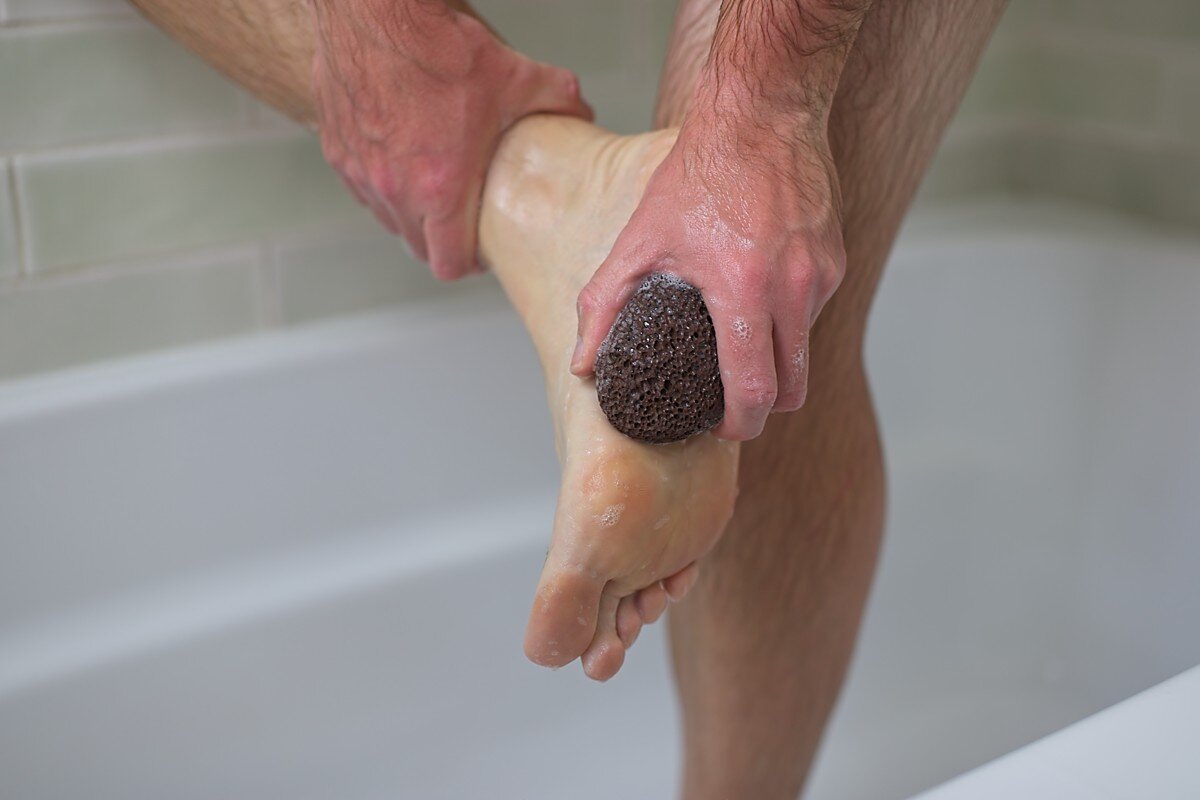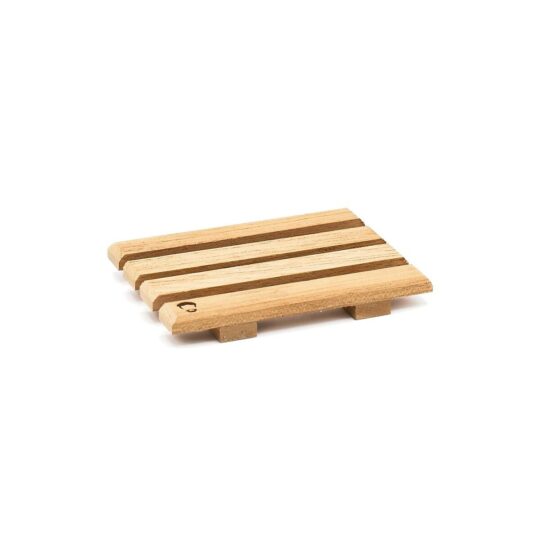Your cart is currently empty!
How-To: Natural Pumice Stone and why it’s so porous?

Natural pumice stone was around the planet for longer than any vegetations ever appeared. Interestingly, it appears to be a product of volcanic erosion and is technically a magmatic rock.
Pumice is a rock that floats on water. It has porosity of up to 85% and in nature it can float on water for years until it becomes waterlogged and sinks. Pumice can be compared to yet another volcanic rock – Scoria. They are very similar in nature and appearance but scoria has lower porosity level, therefore it does’t float.
Why do we use pumice rock?
Pumice rock has a very abrasive surface and it is very light in weight. It helps to remove dry dead skin, softens calluses and corns. You can use pumice stone daily but it’s important to know how to use it properly. You can remove too much skin causing it to bleed.
How to use pumice stone
Before you start scrubbing you skin with pumice stone, you need to soak it well in water. You can use it at the end of your shower but it’s better to soak in a bathtub or if you only scrubbing your feet, soak them in a bucket for 10 mins.
As you’re soaking your skin, soak your pumice stone in warm water as well. Never use a dry pumice stone on your skin.
Once the skin and stone are soaked, remove the area of your skin from water and pet it dry with a towel. Rub the abrasive pumice stone in circular motions around the are of the rough skin.
As you do so, check your skin by touching it. You will start getting it softer as dry dead skin is being removed. Do not press to hard or move too quickly as you may overdo the process and cause redness and bleeding.
At the end of the process, wash your skin with soap. We recommended our Charcoal Bar Soap as it’s known to remove the order or Clay Bar Soap if you are looking to smooth up the skin.
After you’re done with scrubbing and washing, rinse the stone before you put it away to dry. For deep cleaning, you can boil the stone for 5 mins to remove all skin particles from holes. Due to the exfoliating process involved, it’s not recommended to share pumice stone between family members.
Body areas that can be scrubbed with pumice stone
Most commonly, pumice stone is used on removing dead skin on feet and palms. As a long distance runner, I use pumice stone almost daily because it helps me to keep my feet well maintained and free of calluses and fungus. They call it athletes feet, but believe me you can be an athlete and not have ‘athlete feet’ fungus problems ( Use bar soap and pumice stone.*)
My climbing friends use pumice stone to remove calluses from their palms as they get them most of the time from climbing. It’s the most gentle way to keep your hands look like hands. Use a little bit of soap on soaked palms, it does wonders.
Some people use pumice stone on their face and neck. I feel like it’s an extreme case that I would rather use loofah instead. If you know why a natural loofah sponge is not an option and pumice stone does better, please share in comments below.
Natural pumice stone alternatives
As to anything natural, there is an alternative. It’s either artificial or natural with different properties. One main alternative on the market is a pumice rock imitation. A very small porous perfectly shaped stone with a handle or something similar. They may look good, but they are not natural and can have plastics in it. We do not recommend buying them as they generate more waste and are not as affective.
We also see wooden or metal blocks that processed in a way that create abrasive side that can be used to scrub your skin. It may look cool but wood can get too soft that makes it ineffective and metal will never get soft which makes it dangerous to use. ( I shaved some skin off with a metal foot file. Never again.)
Conclusion
Pumice stone is a must-have personal care product that every bathroom should have. It comes in variety of sizes and natural shapes. Pumice rock helps you to keep your skin clean and soft after long days at work, hard workouts and long runs.
Although there are plastic alternatives that imitate pumice stone, we recommend you to use natural volcanic rock instead. It’s appears in nature, it’s biodegradable, it’s eco friendly by all definitions.
Think Sustainable.
-
 Cedar Soap Dish$6.00
Cedar Soap Dish$6.00